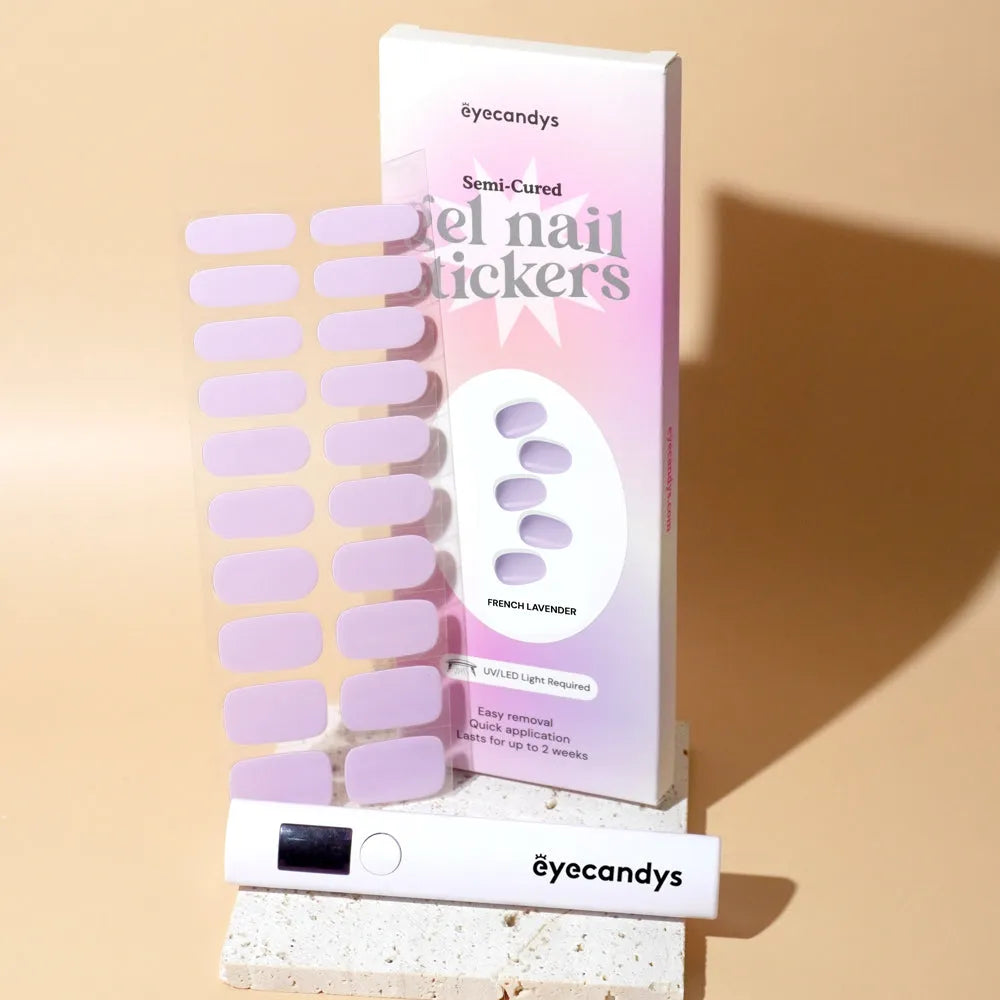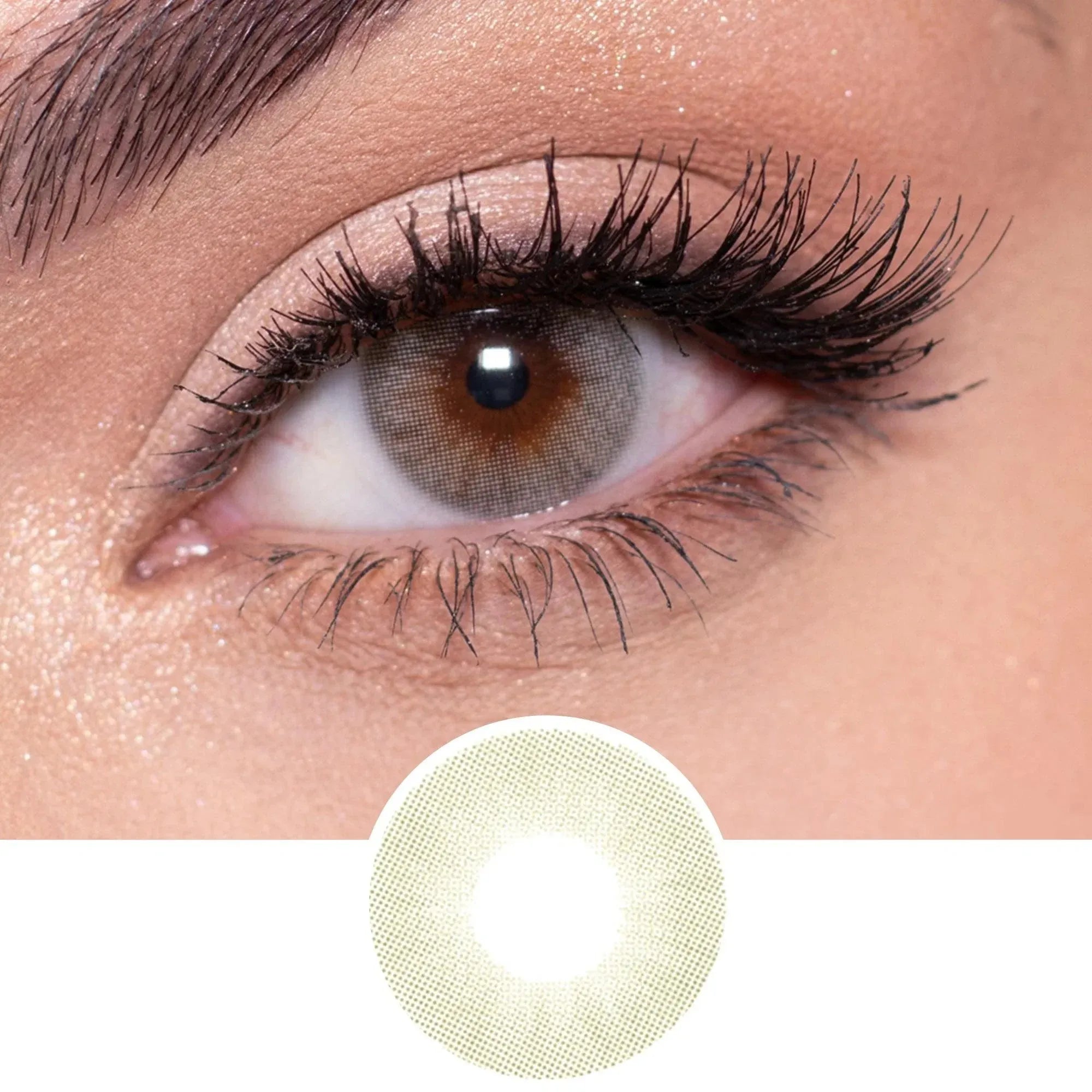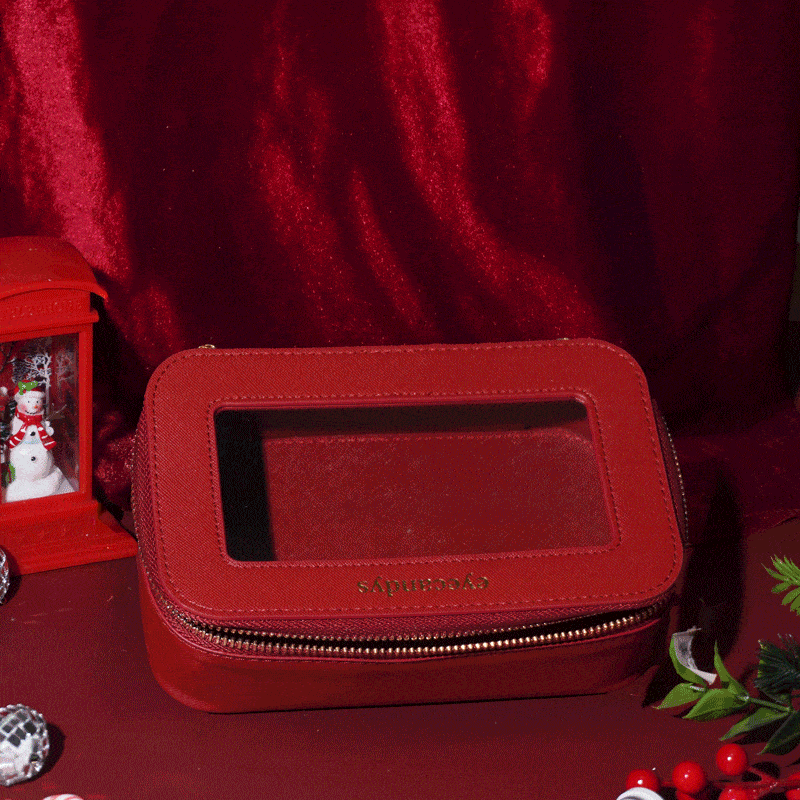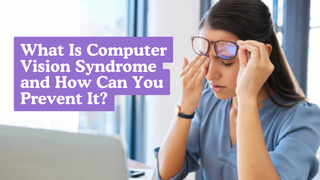From theatrical props to fashion statements, colored contacts have come a long way. Today, these versatile lenses not only enhance appearances but also serve therapeutic purposes. However, it's crucial to prioritize safety when wearing colored contacts. This blog delves into the fascinating history of colored contacts, explores their therapeutic applications, and emphasizes the importance of proper eye care.
Unveiling the allure: the fascinating history of colored contacts
In the realm of eye fashion, colored contacts have emerged as captivating accessories, tracing their roots back to the late 19th century when they captivated audiences in stage productions and movies. These early theatrical props were rudimentary, often crafted from blown glass or meticulously hand-painted gelatin, making them far from the comfortable and versatile lenses we know today.
As the 20th century dawned, colored contacts underwent a remarkable transformation. The 1970s marked a turning point with the advent of mass production, revolutionizing the field of contact lenses. This breakthrough made colored contacts accessible to a broader audience, allowing individuals to experiment with their appearance and enhance their natural eye color.
Initially, colored contacts were predominantly sought after for cosmetic purposes, adding a touch of allure and individuality to one's appearance. However, their potential soon extended beyond aesthetics. Gradually, the medical community recognized the therapeutic value of colored contacts, employing them to correct vision impairments and enhance eye health.
Today, colored contacts have evolved into a diverse spectrum of hues, patterns, and designs, catering to a wide range of needs. They not only serve as fashion accessories but also play a crucial role in vision correction and therapeutic treatments. This remarkable journey from theatrical props to essential eye accessories underscores the enduring allure and versatility of colored contacts.
Beyond aesthetics: therapeutic applications of colored contacts
In addition to their aesthetic appeal, colored contacts can also be used for a variety of therapeutic purposes. They can be prescribed to correct certain vision problems, aid in the healing process after eye surgery, and enhance low vision. Certain colored contacts are also designed specifically for therapeutic purposes, such as treating amblyopia or nystagmus.
For individuals with amblyopia, also known as lazy eye, colored contacts can be used to strengthen the weaker eye by temporarily blocking the vision in the stronger eye. This forces the weaker eye to work harder and improve its vision. Similarly, colored contacts can be used to treat nystagmus, a condition characterized by involuntary eye movements. These lenses are thought to potentially reduce light sensitivity and improve contrast sensitivity, which may alleviate some symptoms associated with nystagmus.
Furthermore, colored contacts can play a crucial role in the healing process after eye surgery. For instance, after cataract surgery, colored contacts may be used to protect the sensitive healing eye from harmful ultraviolet (UV) rays. In cases of corneal abrasions or ulcers, therapeutic colored contacts can provide a protective barrier, promoting faster healing and reducing the risk of infection.
It is important to note that while colored contacts offer valuable therapeutic benefits, they should only be used under the supervision of an eye doctor. An eye doctor can assess the individual's specific needs and prescribe the appropriate type of colored contacts, ensuring their safe and effective use.
Eye care essentials: ensuring safe and healthy wear
This section will discuss the essential eye care practices that must be followed to ensure safe and healthy wear of colored contacts. These include obtaining a valid prescription from an eye doctor, maintaining proper hygiene, avoiding prolonged wear, recognizing signs of distress, and educating oneself about the latest safety guidelines and recommendations.
First and foremost, it is crucial to obtain a valid prescription from an eye doctor before purchasing colored contacts. Self-prescribing or purchasing colored contacts without proper consultation can lead to serious eye problems, including corneal abrasions, infections, and even vision loss. During an eye exam, the doctor will assess your eye health, measure your pupil size, and determine the appropriate lens power for your prescription.
Proper hygiene is another vital aspect of safe colored contact wear. Always wash your hands thoroughly with soap and water before handling your contacts. Clean and disinfect your contacts regularly using a contact lens cleaning solution recommended by your eye doctor. Avoid using homemade or expired cleaning solutions, as they can damage your contacts or cause eye irritation.
It is important to avoid prolonged wear of colored contacts. Wearing contacts for longer than the recommended duration can increase the risk of eye infections and other complications. Follow the instructions provided by your eye doctor regarding the maximum daily wear time for your specific type of colored contacts.
Recognizing signs of distress is crucial for ensuring the health of your eyes. If you experience any discomfort, redness, swelling, or discharge from your eyes while wearing colored contacts, remove them immediately and consult your eye doctor. These symptoms could indicate an eye infection or other serious problem that requires prompt medical attention.
Finally, stay informed about the latest safety guidelines and recommendations for colored contact wear. Regularly consult your eye doctor for updates on proper care and usage of colored contacts. Advances in contact lens technology and research may introduce new guidelines that can enhance the safety and comfort of your colored contact wear.
Style and substance: fashion trends and celebrity endorsements
The legal landscape for colored contacts is complex and ever-changing, with regulations, laws, and compliance requirements varying from country to country. This section will provide an overview of the regulatory framework for colored contacts in the United States, as well as explore international perspectives and discuss the importance of contact lens prescription laws, product labeling and safety information, and reporting adverse events.
In the United States, colored contacts are regulated by the Food and Drug Administration (FDA) as medical devices. This means that they must meet certain safety and efficacy standards before they can be sold to the public. The FDA requires that colored contacts be properly labeled with information about their intended use, potential risks, and instructions for care and wear. Manufacturers must also submit data to the FDA demonstrating that their products are safe and effective.
Other countries have different regulatory frameworks for colored contacts. For example, in the European Union, colored contacts are regulated as cosmetics. This means that they are not subject to the same safety and efficacy standards as medical devices. However, the European Union does have some regulations in place to protect consumers, such as requiring that colored contacts be labeled with information about their ingredients and potential risks.
It is important to be aware of the legal requirements for colored contacts in your country before you purchase them. This will help you to ensure that you are buying safe and legal products. You should also talk to your eye doctor about whether colored contacts are right for you.
Colored contacts can be a fun and safe way to change your appearance, but it is important to use them responsibly. By following the instructions of your eye doctor and the laws and regulations in your country, you can help to protect your eyes and your health.
See Clearly with Confidence: Why EyeCandys are Your Safe Choice for Colored Contacts
At EyeCandys, we understand that looking your best starts with feeling your best. That's why we prioritize safety and quality above all else. Our colored contacts are manufactured in facilities that meet the strictest international health and safety standards.
Trusted Manufacturing: Our lenses are produced in facilities adhering to rigorous guidelines set by leading health authorities, including:
-
US FDA (United States Food and Drug Administration): Ensures product safety and effectiveness in the US market.
-
CE (Conformite Europeene): Meets European Economic Area (EEA) safety, health, and environmental requirements.
-
ISO 13485: Establishes a quality management system for medical devices.
-
Health Canada: Regulates health products and services in Canada.
-
TGA (Australia): Oversees the safety and quality of therapeutic goods in Australia.
-
SFDA (Saudi Arabia): Regulates food, drugs, and medical devices in Saudi Arabia. (Please note: This list may not be exhaustive).
Peace of Mind: With these certifications, you can be confident that your EyeCandys contacts are made with high-quality materials and meet strict safety regulations.
Focus on You: We want you to enjoy the transformative power of colored contacts without worry. Look amazing, feel amazing, and see clearly with EyeCandys!











